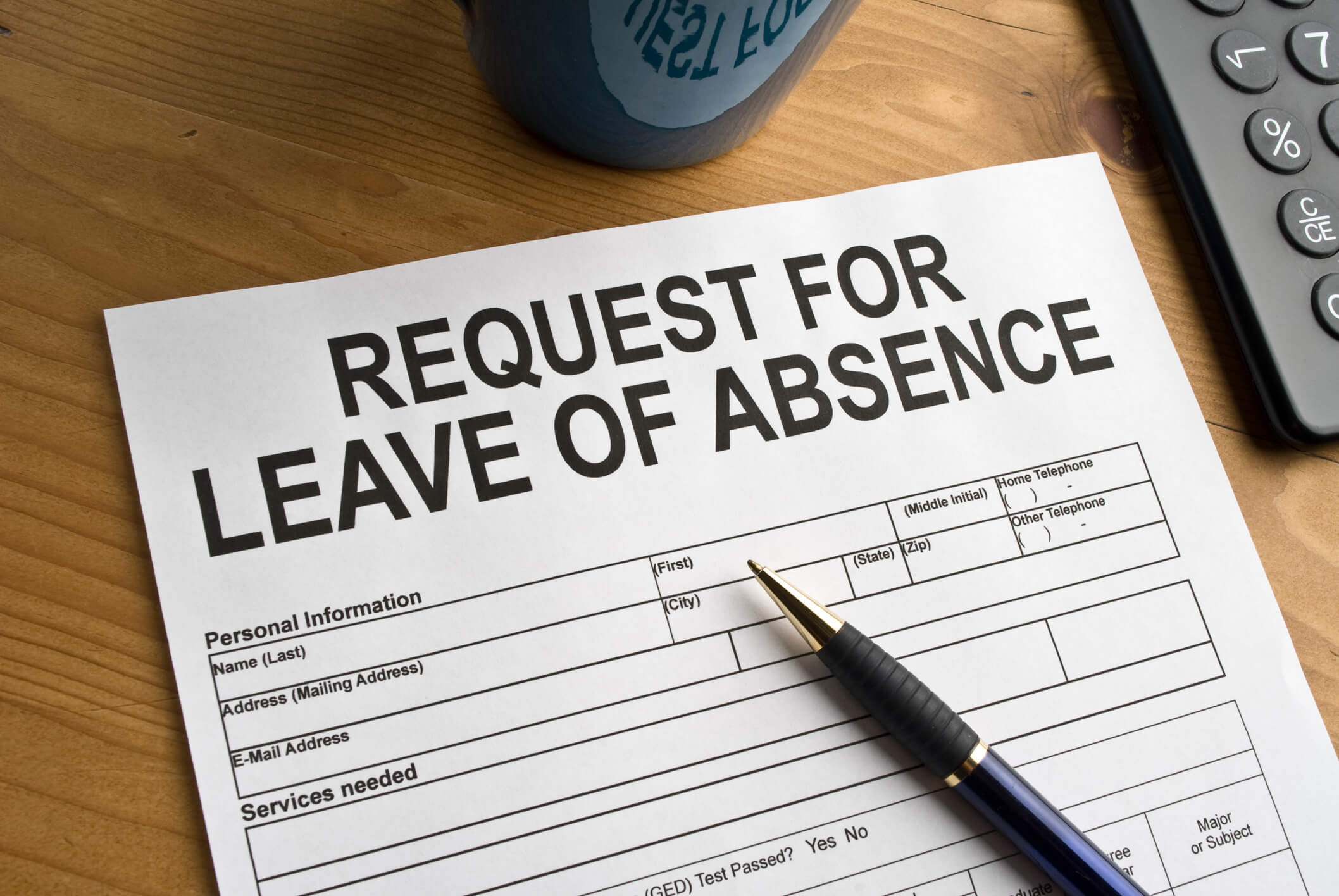On March 28, 2020, the Department of Labor’s (DOL) Wage and Hour Division released an updated set of questions and answers (Q&As) that provide additional guidance concerning teleworking arrangements (Q&As 17–20) and intermittent leave (Q&As 21 and 22) under the Emergency Family and Medical Leave Expansion Act (EFMLEA) and the Emergency Paid Sick Leave Act (EPSLA), both of which are included in the Families First Coronavirus Response Act (FFCRA).
Telework (Q&As 17–19)
Generally, employees are allowed to telework under the FFCRA. However, “telework is work for which normal wages must be paid and is not compensated under either of the paid leave provisions of the FFCRA.”
An employee is eligible for paid sick leave or expanded family and medical leave if the employer has work for the employee and he or she is unable to work (or telework) as a result of any of the COVID-19–qualifying reasons under the EFMLEA or the EPSLA. However, “if [the employee] and … employer agree that [the employee] will work [the employee’s] normal number of hours, but outside of [the employee’s] normally scheduled hours (for instance early in the morning or late at night), then [the employee is] able to work and leave is not necessary unless a COVID-19 qualifying reason prevents [the employee] from working that schedule.”
Intermittent Leave: Telework (Q&A 20)
The FFCRA does not require that employers provide intermittent leave to teleworking employees. Intermittent leave is permitted if an employer allows it, and:
- an employee is unable to telework his or her normal schedule of hours due to a COVID-19–qualifying reason under the EPSLA; or
- an employee is prevented from teleworking during his or her normal schedule of hours because he or she needs to care for a child whose school or place of care is closed, or whose childcare provider is unavailable, because of COVID-19–related reasons under the EFMLEA.
In each situation, the employee and employer may agree that the employee can take FFCRA paid leave intermittently while teleworking. “For example, if [the employee] agree[d] on a 90-minute increment, [he or she] could telework from 1:00 PM to 2:30 PM, take leave from 2:30 PM to 4:00 PM, and then return to teleworking.”
“The [DOL] encourages employers and employees to collaborate to achieve flexibility and meet mutual needs, and the [DOL] is supportive of such voluntary arrangements that combine telework and intermittent leave.”
Intermittent Leave: On-site Work (Q&As 21–22)
Emergency Paid Sick Leave Act
The DOL’s guidance makes a distinction between the reasons why employees might be taking paid sick leave under the EPSLA.
When Intermittent Leave Is Not Permitted
The guidance states that “paid sick leave for qualifying reasons related to COVID-19 must be taken in full-day increments. It cannot be taken intermittently if the leave is being taken because [the employee]:
- [is] subject to a Federal, State, or local quarantine or isolation order related to COVID-19;
- [has] been advised by a health care provider to self-quarantine due to concerns related to COVID-19;
- [is] experiencing symptoms of COVID-19 and seeking a medical diagnosis;
- [is] caring for an individual who either is subject to a quarantine or isolation order related to COVID-19 or has been advised by a health care provider to self-quarantine due to concerns related to COVID-19; or
- [is] experiencing any other substantially similar condition specified by the Secretary of Health and Human Services.”
The guidance further states that unless the employee is teleworking, “once he or she begins taking paid sick leave for one or more of these qualifying reasons, [he or she] must continue to take paid sick leave each day until [he or she] either (1) use[s] the full amount of paid sick leave or (2) no longer [has] a qualifying reason for taking paid sick leave. This limit is imposed because if [the employee] is sick or possibly sick with COVID-19, or caring for an individual who is sick or possibly sick with COVID-19, the intent of FFCRA is to provide such paid sick leave as necessary to keep [the employee] from spreading the virus to others.”
If the employee no longer has a qualifying reason for taking leave before exhausting his or her paid sick leave, the employee “may take any remaining paid sick leave at a later time, until December 31, 2020, if another qualifying reason occurs.”
When Intermittent Leave Is Permitted
“In contrast,” the guidance states, “if [the employee] and … employer agree, [the employee] may take paid sick leave intermittently if [he or she is] taking paid sick leave to care for [a] child whose school or place of care is closed, or whose child care provider is unavailable, because of COVID-19 related reasons.” If, for example, the employee’s child is at home because his or her school or place of care has closed, or the childcare provider is unavailable, because of COVID-19–related reasons, the guidance states that the employee “may take paid sick leave on Mondays, Wednesdays, and Fridays to care for [the] child, but work at [the] normal worksite on Tuesdays and Thursdays.”
The guidance goes on to say that “the [DOL] encourages employers and employees to collaborate to achieve maximum flexibility. Therefore, if employers and employees agree to intermittent leave on less than a full work day for employees taking paid sick leave to care for their child whose school or place of care is closed, or child care provider is unavailable, because of COVID-19-related reasons, the [DOL] is supportive of such voluntary arrangements.”
Emergency Family and Medical Leave Expansion Act
Intermittent Leave Permitted
Similarly, expanded family and medical leave may be taken intermittently only if agreed upon by the employer and employee. “For example,” the guidance states, “if [the] employer and [employee] agree, [the employee] may take expanded family and medical leave on Mondays, Wednesdays, and Fridays, but work Tuesdays and Thursdays, while [the employee’s] child is at home because [his or her] school or place of care is closed, or [the] child care provider is unavailable, due to COVID-19 related reasons, for the duration of [the employee’s] leave.”
The guidance reiterates the DOL’s encouragement of employer–employee collaboration to achieve flexibility and meet mutual needs. “Therefore,” the guidance states, “if employers and employees agree to intermittent leave on a day-by-day basis, the [DOL will] support such voluntary arrangements.”
Ogletree Deakins will continue to monitor and report on developments with respect to the COVID-19 pandemic and will post updates in the firm’s Coronavirus (COVID-19) Resource Center as additional information becomes available. Critical information for employers is also available via the firm’s webinar programs.






